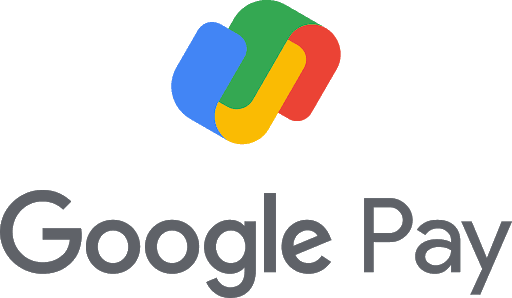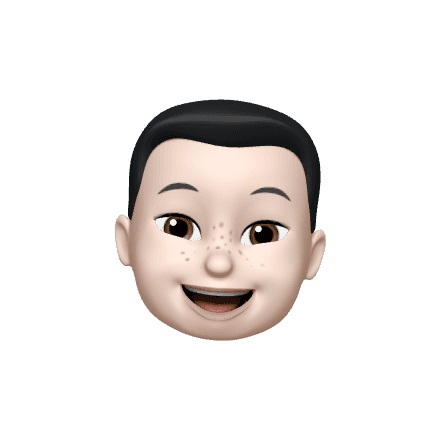PlutoPay
Overview
The Process
Market Research
User Understanding
Persona and User Journey
Testing
Final Designs
My Role
UX Researcher
UX Designer
Test Organizer
UI Designer
My Tools
Optimal Workshop
UsabilityHub
Paper Prototypes
Figma
The Problem
Let’s be honest personal finances are not only difficult but boring for most people to understand. Finance institutions and companies are racing to develop applications in hopes of lighting financial burdens, but these apps are still missing user-centric features. So, the question posed is how do we solve the issues users are currently facing, and how do we keep it user-focused?
The Solution
Our users need a convenient and interactive way to track and budget their finances because they wish to improve their literacy. This application should allow users to simplify and personalize their financial needs. Not only should it include money transferring, security, budgeting, and external account linking but more features to entice users to improve. Why not integrate a challenge or gaming system into a finance application?
Market Research
First, I analyzed competitors like PayPal and Google Pay. I wanted to understand their strengths and weaknesses in a broader sense and concerning each other to find a gap in the market.

Google Pay
Google Pay is an extension in the suite of tools offered by Google. This application maintains that it is “a safe, simple, and helpful way to pay and manage your money.”
PayPal
PayPal asserts that it offers a way to safely send money, make online payments, receive money, or set up a merchant account.

S.W.O.T. Analysis
After conducting market research, I compiled all the information on each competitor and created a S.W.O.T. analysis. This helped me initiate ideas of what users might expect from my app. I also broke down what competitors are doing right to solve their user's problems, and ways they are underserving.
Strength
Secure transactions.
Seamless integration across products.
Ease of use with a simple and stripped-down approach to UI and products.
Google is a very recognizable brand.
Weaknesses
Despite these companies focusing on security, they are often criticized for their policies on user privacy.
Google doesn’t have an extensive merchant partnership like other e-wallets (PayPal).
Opportunities
Existing user base from other google services and products.
Google machine learning can be utilized to help users’ financial decisions.
Can tap into cryptocurrency market like competitors.
Threats
Competitors like PayPal have a big market share.
Hackers and fraudsters are always trying their hands at these types of companies.
E-commerce revolution has many Financial Institutions and Banks offering their own e-wallets.
User Research
I conducted five user interviews, speaking with two participants on March 28th and three on March 29th of 2022. Each participant was excited to help me understand their financial app experiences. Each interviewee had a different career and varying attitudes toward finances. With the data recorded, I had a good amount of information to categorize.
Interviewees


Michelle
Age: 25-35
Occupation: Teacher
Ethnicity: Latina/Hispanic
“I mostly use (finance)apps to send and receive money”


Kwesi
Age: 25-35
Occupation: Government Worker
Ethnicity: African American
“There isn’t a way for me to get paid or receive benefits for saving money.”


John
Age: 25-35
Occupation: Nursing Assistant
Ethnicity: Latino/Hispanic
“I don’t like that there isn’t a budget feature.”


Duglas
Age: 25-35
Occupation: Banker
Ethnicity: Latino/Hispanic
“I open up my apps every time I swipe my card”


Vanesa
Age: 25-35
Occupation: Medical Assistant/Student
Ethnicity: Latina/Hispanic
"I'm not too into finances. It's a bit overwhelming and boring."
User Interview Goals & Affinity Mapping
In each interview, I was determined to understand user behavior around their digital finance activity, discover which tasks users would like to complete while using a finance application, document user pain points with the existing finance applications, and collect data on the context in which users would use a finance application. This information was then organized into different mind-mapping categories.
Insights
Social Aspects:
Users love the social aspect of these apps.
Connect friends and family across the globe.
One user commented that too many social
aspects can cloud an apps usefulness.
PlutoPay can take the opportunity
to make a platform that connects users
but not forget its overall purpose.
Financial Tools:
Three users mentioned that using their apps
to track investing and savings accounts.
One user uses finance apps helps him
find deals or save money on transactions.
PlutoPay can offer users tools to track
and enjoy managing their finances in
the long run.
Usability:
Interviewees agreed that the app
must be easy to use and manageable.
They should be able to log into the
application and find what they need
without too many distractions.
The goal of PlutoPay is to be a simple,
modern web-based application that is
easy for users to navigate and use.
User Personas & Journey
I worked with three user personas: Victoria, Jack, and Kato. These personas were created to help me understand my target audiences’ true needs.
Below is a Figma file containing user flows that each persona would complete within the application:
Prototyping & Testing
Through card sorting, I could see how users interacted with the information being considered for my version of this type of application. I confirmed that participants had a good idea of what was expected. I implemented a hybrid card sort blending the closed and open card sorts. This was the most helpful method for me because it combined the process of validating my hypothesized categorization while still being fluid enough for users to categorize the content in a way logical to them.
Card Sort Results: OptimalWorkshop

Site Map
Early Designs
Once my sitemap was done and, I had the structure in my head, I began to create drafts of how the application would look. I created a few sketches by hand and digitally before committing to one that felt like it made the most sense. The rapid prototyping phase was very flexible. I was able to focus on the "big picture" ideas without getting caught up in details.
Usability Testing
I held six moderated usability tests, with four being held in person and two remotely. During each test, I used a program called OBS(Open Broadcast Software) to record audio and user interaction while navigating the prototype. I also had a pen and pad for writing down reactions and details for participant responses. Below is footage of one of the usability tests.
Final Design
From the start, I knew I wanted my iteration of PlutPay to provide users with a way to enjoy and understand their finances. While using the project rubric I had to think up ways for PlutoPay to stand out even just a little in a crowded e-finance market. I liked the name PlutoPay and created some illustrations, a logo, and some elements that blended with that theme. In time I was able to build on the look and functionality of the app. My early designs and prototypes were great stepping stones for developing my app.
Style Guide
Improved Design
Project Reflection
My original hypothesis still encapsulates what I am trying to solve for users in this sector. Users want a finance application that helps them enjoy handling their finances. People are always looking for a finance app that is convenient and easy to use, but few are fun to use. My proposed solution of introducing gamifying features is viable but there is additional research that needs to be done. Subsequent user testing may change into beta testing for full workflows on a live version of the app. Iterative design is flexible in this aspect because it allows for these changes to take place at any stage.
Links



Get in touch!
Do you like my work and want to discuss opportunities? Please get in touch.
Message me













































